How Often Should You Replace the Filters in Water Purifiers?
Maintaining the effectiveness of a water purifier is crucial for ensuring clean and safe drinking water in your home. Central to this maintenance is the regular replacement of filters, which play a vital role in removing contaminants and ensuring optimal performance. Understanding when and why to replace these filters can help you maximize the lifespan of your purifier and safeguard the quality of your drinking water.
Importance of Filter Replacement
Water purifiers typically use different types of filters—such as sediment filters, activated carbon filters, and RO membranes—to target specific contaminants and impurities in water. Over time, these filters accumulate debris, contaminants, and minerals, which can compromise their ability to purify water effectively. Regular replacement is essential to:
- Maintain Water Quality: As filters become clogged or saturated, their ability to remove contaminants diminishes, potentially allowing harmful substances to pass through into your drinking water.
- Ensure Efficient Operation: A clogged filter can strain the purifier’s system, reducing water flow and increasing energy consumption. Regular replacement guarantees peak performance and efficiency.
- Prolong Purifier Lifespan: By replacing filters on schedule, you reduce the strain on other components of the purifier, extending its overall lifespan and reducing the need for costly repairs or replacements.
General Guidelines for Filter Replacement
While specific recommendations may vary based on the type of purifier and local water conditions, here are general guidelines for replacing filters in common types of water purifiers:
- Sediment Filters: Typically, sediment filters should be replaced every 6 to 12 months, depending on water quality. These filters trap larger particles like dirt and rust, preventing them from reaching subsequent filters and the RO membrane.
- Activated Carbon Filters: Activated carbon filters, which remove chlorine, organic compounds, and unpleasant tastes and odors, generally require replacement every 6 to 12 months. However, this can vary based on water usage and levels of contamination.
- RO Membranes: RO membranes are the heart of RO purifiers, removing dissolved solids, heavy metals, and other contaminants. They usually have a longer lifespan, ranging from 2 to 3 years, but this depends on water quality and usage. Some indicators that an RO membrane needs replacement include reduced water production or increased TDS (Total Dissolved Solids) levels in purified water.
- UV Lamps: If your purifier includes a UV disinfection stage, the UV lamp should typically be replaced annually, as its effectiveness diminishes over time even if it still emits light.
Signs that Filters Need Replacement
In addition to following recommended replacement schedules, be vigilant for signs that filters may need immediate attention:
- Reduced Water Flow: A noticeable decrease in water flow from the purifier’s faucet or dispenser can indicate a clogged filter.
- Change in Water Taste or Odor: If purified water begins to taste or smell different, it may be a sign that the activated carbon filter needs replacement.
- Drop in Purification Efficiency: Increased levels of contaminants in purified water, as measured by TDS meters or water quality tests, suggest that filters are no longer effectively removing impurities.
Factors Influencing Filter Replacement Frequency
Several factors can influence how often filters should be replaced:
- Water Quality: The level of contaminants in your local water supply impacts filter lifespan. Areas with higher levels of sediment, chlorine, or dissolved solids may require more frequent filter changes.
- Water Usage: Higher water usage increases the workload on filters, necessitating more frequent replacements to maintain performance.
- Manufacturer Recommendations: Follow the guidelines provided by the purifier’s manufacturer for specific replacement intervals and procedures.
Steps to Ensure Effective Filter Replacement
To ensure proper maintenance and effective filter replacement:
- Keep Track of Replacement Intervals: Maintain a schedule or set reminders for filter replacements based on manufacturer recommendations and local water conditions.
- Use Genuine Replacement Filters: Always use filters recommended by the purifier’s manufacturer to maintain performance and warranty validity.
- Professional Maintenance: Consider annual servicing by a certified technician to inspect and maintain the entire purifier system, including filter replacements and system checks.
Aquafresh RO Purifier
Aquafresh RO Purifier stands as the pinnacle of RO systems in India, renowned for its cutting-edge technology and robust filtration capabilities. It effectively removes contaminants while preserving essential minerals, ensuring safe and pure drinking water. With a commitment to reliability and user satisfaction, Aquafresh RO Purifier sets a benchmark in the industry, making it the preferred choice for households seeking superior water purification solutions across the nation.
Conclusion
Regularly replacing filters in your water purifier is essential for maintaining water quality, ensuring efficient operation, and prolonging the lifespan of your purifier. By following recommended replacement schedules, monitoring water quality indicators, and understanding the factors influencing filter lifespan, you can effectively safeguard your family’s health with clean and safe drinking water. Take proactive steps to stay informed about your purifier’s maintenance needs and enjoy peace of mind knowing your water purifier is operating at its best.
Related:- What is a Carbon Filter in a Water Purifier and What Does it Remove?

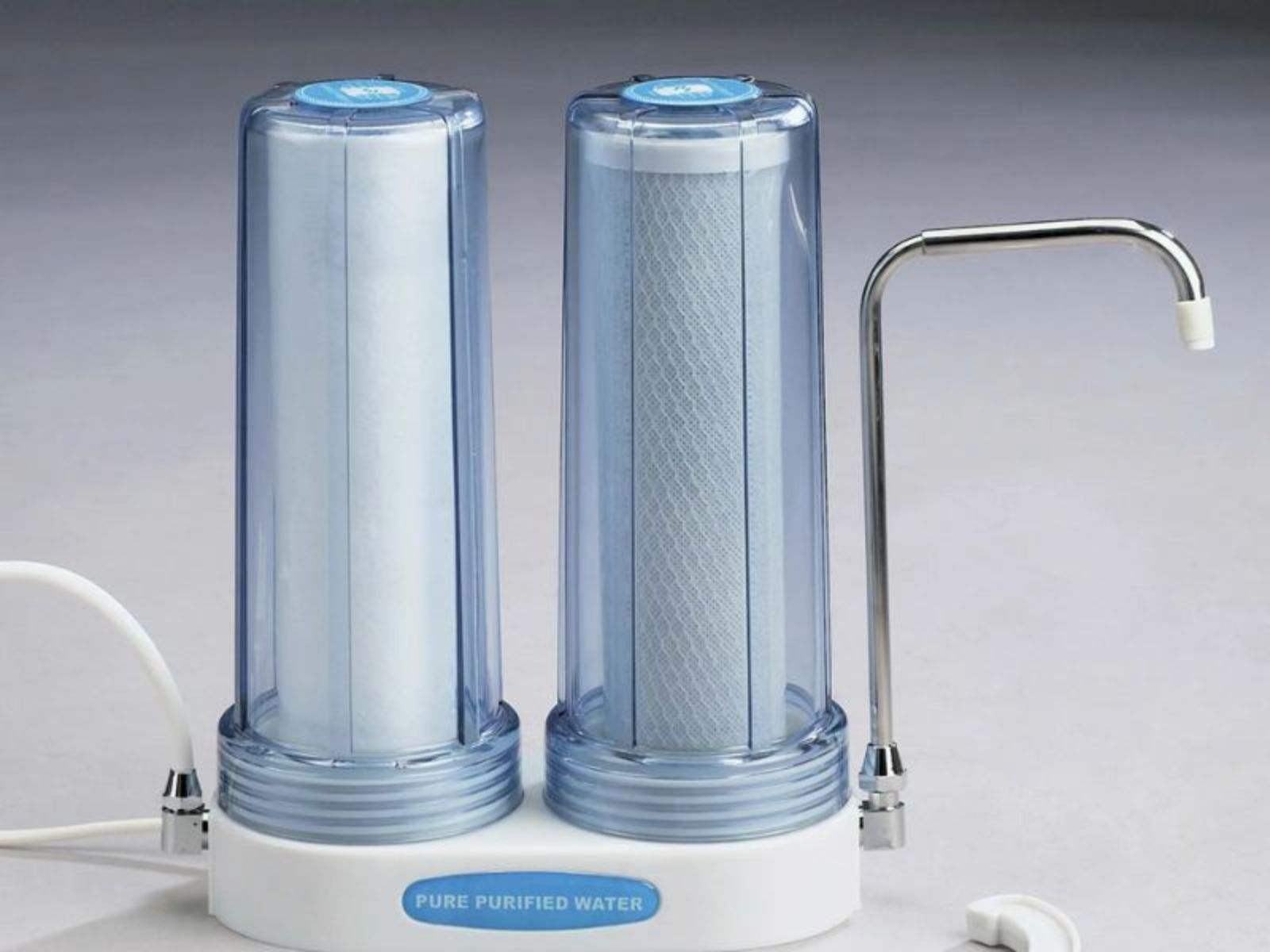

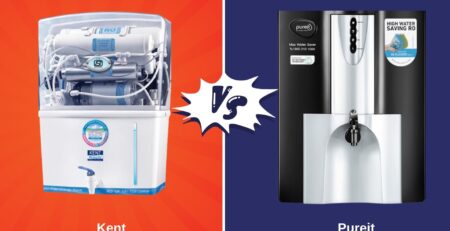
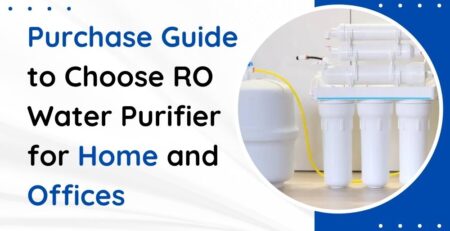
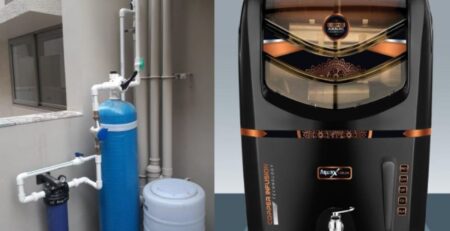
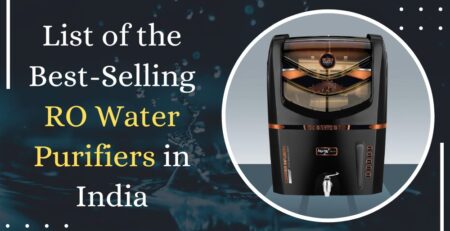
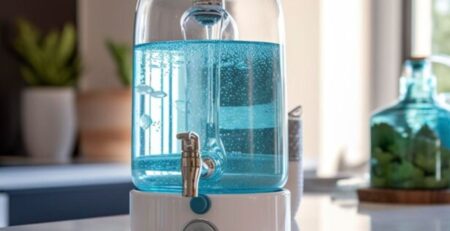

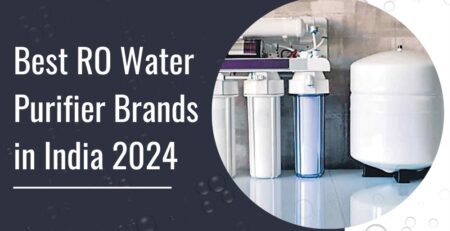

Leave a Reply